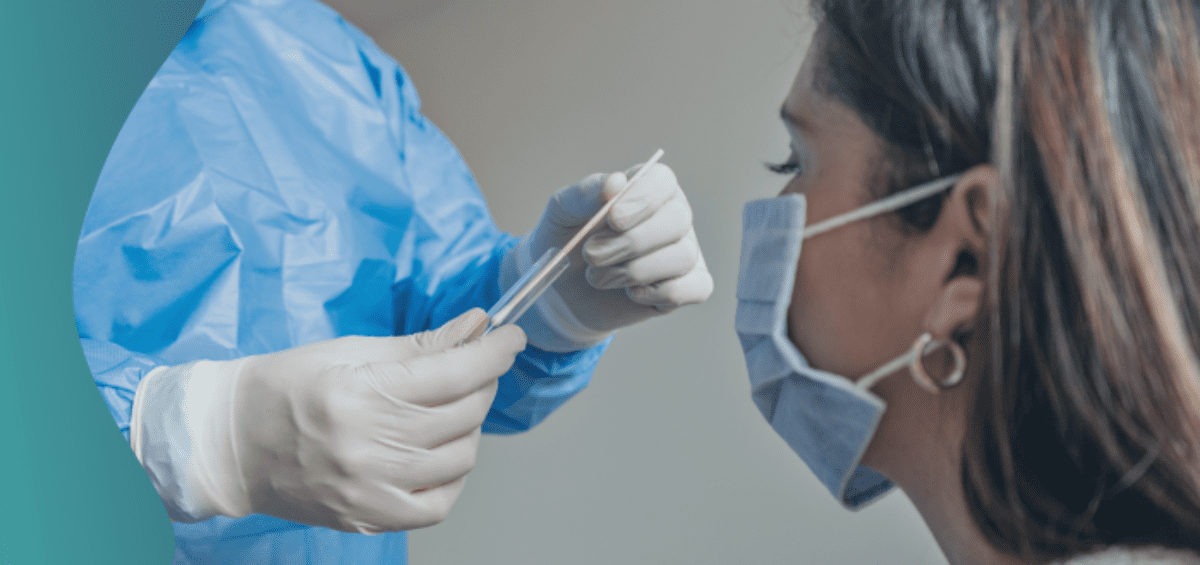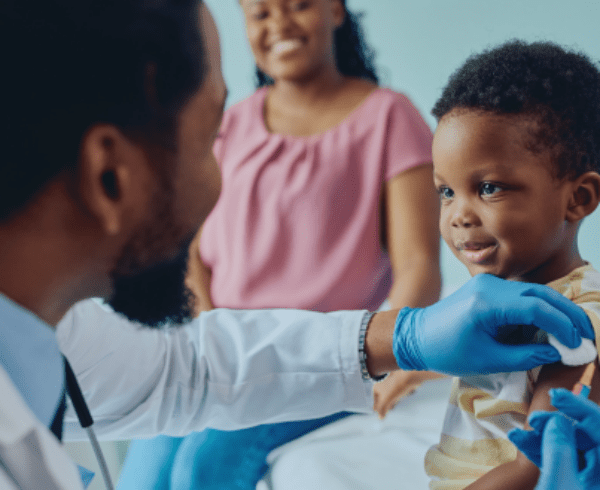September 1, 2020
Community Health Centers (CHCs) provide essential care to roughly 30 million people nationally, including many of the country’s most medically-complex patients and underserved communities. Across the OCHIN network, hundreds of CHCs and other health care providers have relied on OCHIN’s integrated EHR and telehealth services to help them transform their practices in response to the pandemic. But exactly what role have CHCs played in COVID-19 testing, and how has this crisis effected their ability to provide ongoing primary care services?
A new study led by Dr. John Heintzman, M.D., M.P.H., OCHIN lead clinician scientist and Associate Professor of Family Medicine at Oregon Health and Science University (OHSU), analyzed deidentified medical records from 1.9 million patients who sought care at a provider within the OCHIN network between January 1, 2019 and May 31, 2020. Conducted in partnership with OHSU Family Medicine and the BRIDGE-C2 Center, it’s the first of several COVID-related studies that OCHIN researchers have initiated to understand the disproportionate impact of the pandemic on patients and providers in underserved communities.
Among the study’s key findings, which were recently published in an article for the Journal of the American Medical Association entitled, “SARS-CoV-2 Testing and Changes in Primary Care Services in a Multistate Network of Community Health Centers During the COVID-19 Pandemic,” are:
CHCs provide vital testing services to a wide range of patients in the midst of the pandemic.
Despite limited test availability, CHCs reported thousands of SARS-CoV-2 tests with 28% positivity, underscoring their important role in serving vulnerable populations. The 75,053 patients seen for the first time during the first few months of the pandemic suggests that CHCs were a critical access point for many new patients seeking care due to the crisis.
Some groups were more likely to test positive.
Small differences in testing and positive rates by race, and larger differences by ethnicity, preferred language, and insurance status within OCHIN’s data, suggest the ongoing need for targeted, language-appropriate testing strategies.
The pandemic caused a large-scale deferral of many routine preventive services.
The delivery of common services in CHCs declined during the initial weeks of the pandemic, possibly due to in-person care reductions. For example, in March-May 2020, compared to March-May 2019, rates of face-to-face visits, well-child visits, Pap tests, hemoglobin A1c tests, and mammograms all declined. No such decline was observed comparing January-February in 2019-2020. Although these temporary care deferrals have been necessary and unavoidable, the potential consequences are concerning because reduction in preventive/chronic disease care may negatively affect long-term population health.
This study is relevant to all organizations delivering primary care; especially those caring for underserved populations. Its findings will help inform future COVID research and may help inform steps that can be taken now to mitigate the effect of primary care deferral in the coming years.
Additional collaborators on this study include: Jean O’Malley, Jonathan V. Todd, and Rachel Gold (OCHIN), Miguel Marino and Nathalie Huguet (OHSU Family Medicine), and Kurt C. Strange (Case Western Reserve University).
To learn more, read the full article in JAMA.













